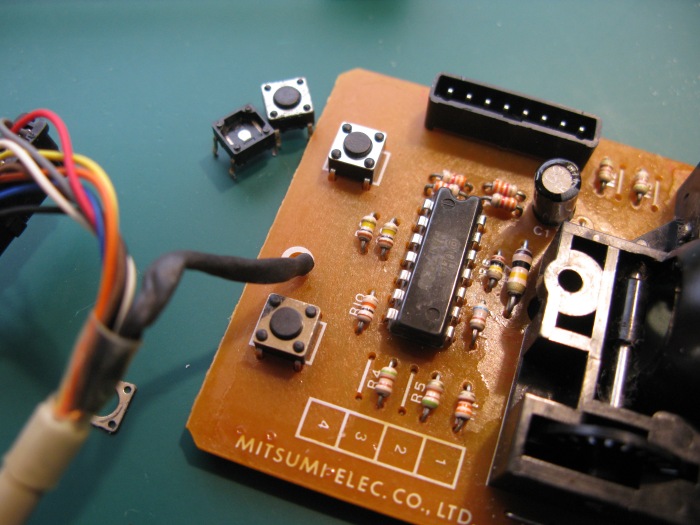I recently acquired an A2000 with a Genlock (for what use I cannot say, will mean I need to keep at least one A2000 PSU with its ‘tick’ signal up and running) and 8MB RAM card (four installed). I have not tested the cards, first I am going to work on the motherboard.
As with most old A2000s the NiCd battery has leaked. This one was stored on its end and the corrosive goo has dripped into the CPU socket.
If you look at the socket, the four holes closest to the battery show some green colouring (hard to see but it is visible in the photo), the matching legs on the CPU are not shiny either. I am yet to find any corroded through tracks though (using a multimeter) which is good. This may in part be because the goo went over to the CPU socket rather than sitting on the board.
I have an untested hypothesis that powering one of these machines up after a long period of inactivity can bring on failure. The person I got it from said it worked at last power up, I believe him. However, while it was on the computer would have tried to charge the battery. I think this will often be a cause of total failure.
Anyway, reseating the CPU did not fix the problem. This could be due to the corrosion inside the socket being too deep to get scratched away. It could also be that the goo has worked its way through the board and created ‘cold’ solder joints (I have revived an A500 RAM expansion by, in part, resoldering goo affected pads that looked OK.)
I have some new 64 pin 2.54mm spacing sockets coming from Germany from ebay, will be fun desoldering and replacing the CPU socket! I think I also need to finally set up a firm barrier between lead free and leaded soldering to get this all done right now and in the future (I do my new work lead free and often tin and re-tin old stuff to remove the lead then go lead free). These old boards are not something I want to heat more than absolutely necessary.


